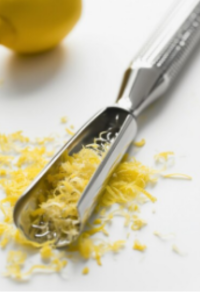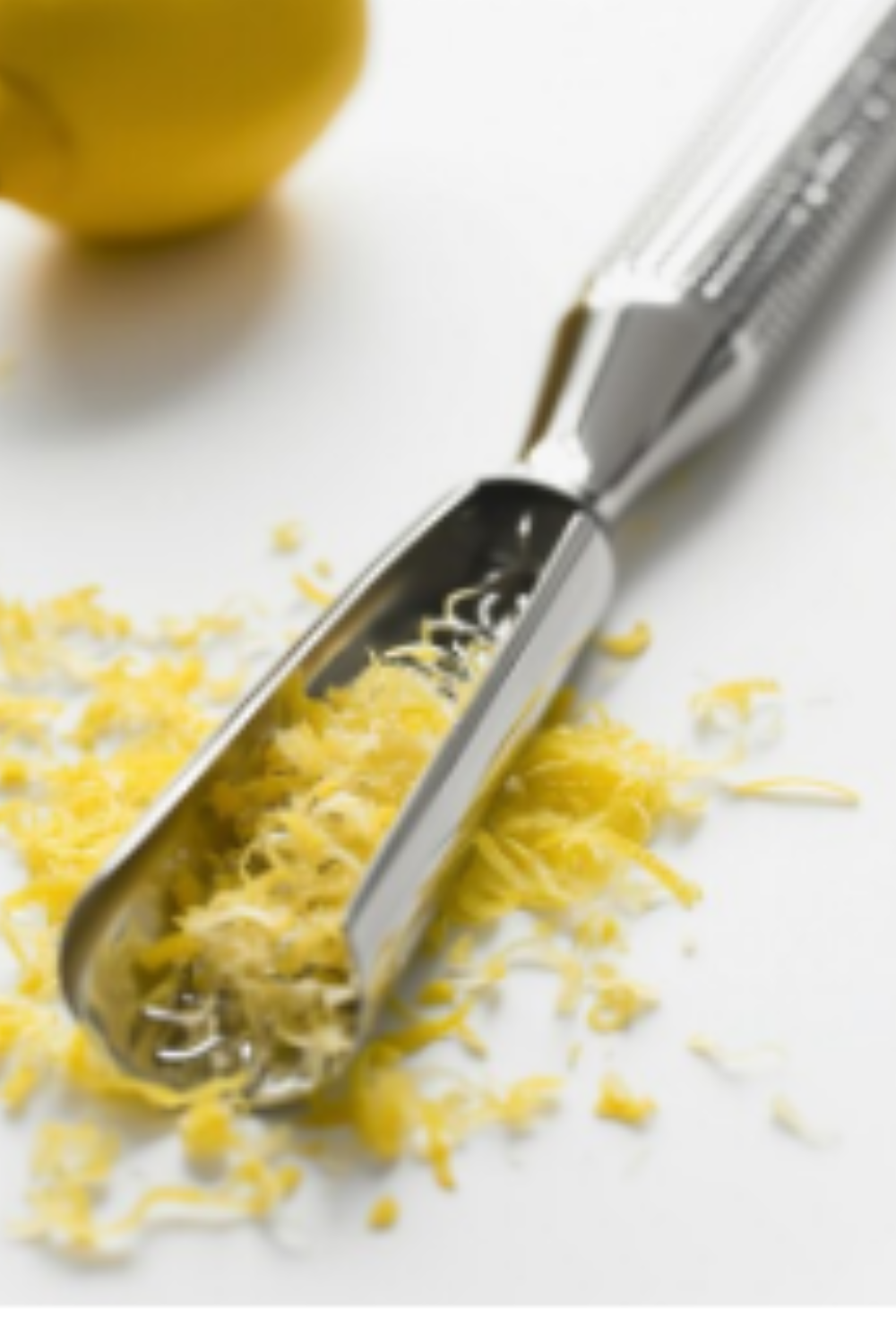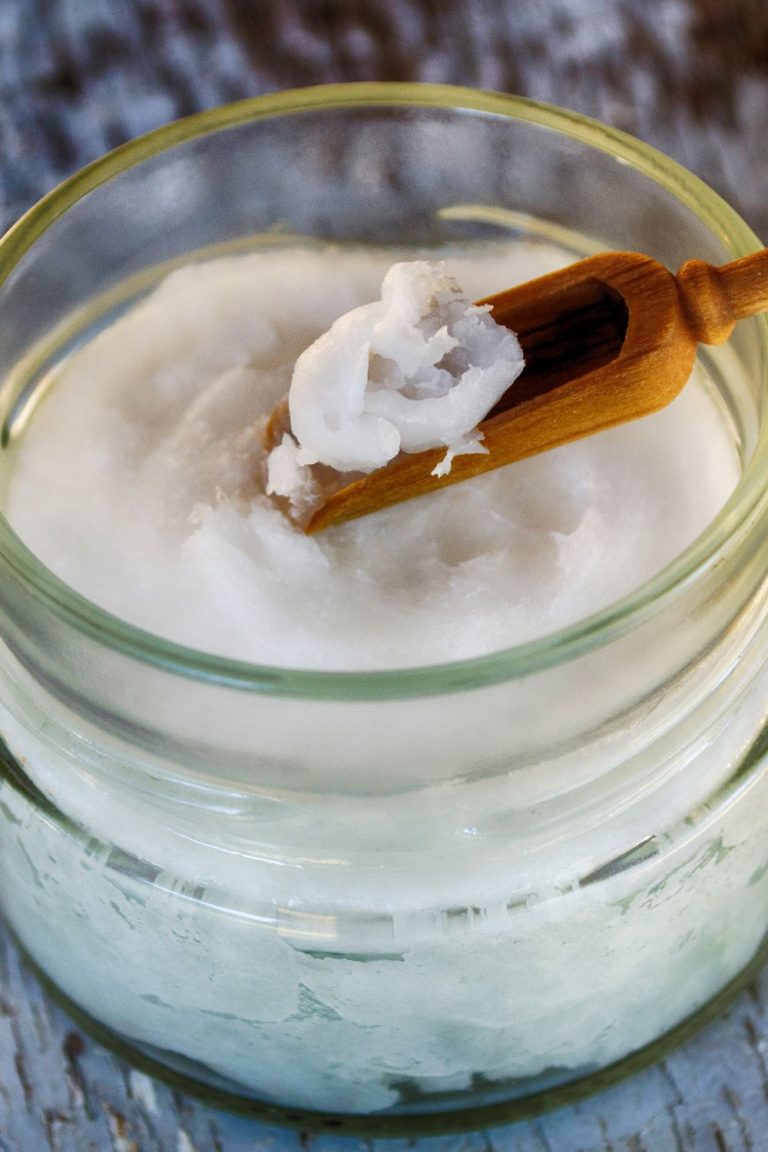CSP: Citrus Peel role in cakes Clarified
In this topic, I’m going to talk about the magic of CSP – Citrus Peel – in cakes, based on my own personal experience. If you’ve ever enjoyed a cake that had a little something extra, a hint of fresh, zesty flavor that brightened every bite, you’ve likely experienced the delight of citrus peel. Let’s dive into what citrus peel is, its role in cakes, and how you can use it to elevate your baking game.
Table of Contents
ToggleWhat is Citrus Peel?
Citrus peel refers to the outer skin of citrus fruits like oranges, lemons, limes, and grapefruits. It’s divided into two parts: the zest, which is the colorful outer layer, and the pith, which is the white, spongy layer beneath the zest. The zest is packed with essential oils and has a strong, vibrant flavor, while the pith is generally bitter and less desirable for culinary uses. Check out the right Citrus Peel, cake tools, and ingredients that you need here.

Why Use Citrus Peel in Cakes?
Citrus peel, especially the zest, is a powerful ingredient in baking. Here’s why it’s worth incorporating into your cakes:
- Flavor Boost: Citrus zest adds a bright, refreshing flavor that can cut through the richness of butter and sugar, making your cake taste lighter and more complex.
- Aromatic Appeal: The essential oils in citrus zest are highly aromatic. When baked, they release a fragrant burst that enhances the overall sensory experience of the cake.
- Natural Enhancement: Unlike artificial flavors, citrus zest provides a natural and pure taste. It enhances the cake’s flavor profile without the need for additional extracts or flavorings.
- Versatility: Citrus peel can be used in a variety of cakes, from classic lemon drizzle to orange-scented pound cake, adding versatility to your baking repertoire. Check out the right Citrus Peel, cake tools, and ingredients that you need here.
How to Use Citrus Peel in Cakes
Using citrus peel effectively requires a bit of technique. Here’s how you can make the most of this ingredient:
- Choosing the Right Citrus: Select fresh, organic citrus fruits to avoid pesticide residue. Wash them thoroughly before zesting.
- Zesting: Use a microplane grater or a fine grater to remove only the colorful part of the peel. Avoid the pith as it can be bitter and detract from the cake’s flavor.
- Incorporation: Add the zest directly to the batter. For even distribution, you can mix it with the sugar before creaming with butter. This helps release the essential oils and infuses the flavor more effectively.
- Experiment with Different Citrus: Each type of citrus brings its own unique flavor. Orange zest adds sweetness, lemon zest gives a tangy kick, and lime zest offers a slightly bitter, aromatic note. Feel free to mix and match. Check out the right Citrus Peel, cake tools, and ingredients that you need here.
Popular Cake Recipes Using Citrus Peel
To get you started, here are a few cake ideas where citrus peel shines:
- Lemon Drizzle Cake: A classic where lemon zest in the batter and a tangy lemon glaze create a moist, flavorful cake.
- Orange Pound Cake: Rich and buttery, with the sweet fragrance of orange zest making it irresistible.
- Lime and Coconut Cake: The combination of lime zest and coconut flakes offers a tropical twist that’s perfect for summer.
Final Tips
- Storage: If you have extra zest, you can store it in the freezer. Spread it on a baking sheet, freeze, and then transfer to a sealed container.
- Balance: Be mindful of the amount you use. A little zest goes a long way, and too much can overpower other flavors. Check out the right Citrus Peel, cake tools, and ingredients that you need here.
Drilling Deeper: Comparing Citrus Peels in Cakes
Now that we’ve covered the basics, let’s drill deeper into the specifics of different citrus peels and how each one can uniquely impact your cakes. While all citrus peels share common benefits like enhancing flavor and aroma, each type of citrus brings its own distinct characteristics to the table.
Lemon Peel
Flavor Profile: Lemon peel is tangy and bright, with a sharp, fresh flavor that can cut through rich ingredients.
Best Uses: Lemon peel is perfect for cakes that need a clean, vibrant flavor. It works exceptionally well in pound cakes, angel food cakes, and anything with a creamy component, like a lemon cheesecake.
Why You’ll Love It: The acidity of lemon zest balances sweetness, making desserts feel lighter. It’s particularly good at adding a refreshing finish to butter-heavy cakes.
Orange Peel
Flavor Profile: Orange peel is sweet, fragrant, and slightly floral. It’s less tart than lemon, offering a more mellow citrus note.
Best Uses: Orange peel shines in dense, rich cakes like pound cakes and fruitcakes. It pairs beautifully with spices such as cinnamon and nutmeg, making it ideal for holiday baking.
Why You’ll Love It: Orange zest can add a sunny warmth to your cakes. Its sweetness complements chocolate wonderfully, so try it in an orange chocolate cake for a luxurious treat. Check out the right Citrus Peel, cake tools, and ingredients that you need here.
Lime Peel
Flavor Profile: Lime peel has a distinctive, slightly bitter edge with a bold, tangy flavor. It’s more aromatic than lemon or orange zest.
Best Uses: Lime peel is excellent in tropical-themed cakes. It pairs well with coconut, pineapple, and mango, making it great for summer desserts. It’s also a star in key lime pies and cheesecakes.
Why You’ll Love It: Lime zest offers a unique twist, providing a vibrant, zesty punch that can invigorate your cakes. It’s fantastic for adding complexity to otherwise simple recipes.
Grapefruit Peel
Flavor Profile: Grapefruit peel is bittersweet with a strong, aromatic quality. It’s more intense than other citrus peels.
Best Uses: Use grapefruit peel sparingly in cakes where you want a bold flavor. It’s great for pound cakes and bundt cakes where its bitterness can be balanced by sweetness and richness.
Why You’ll Love It: Grapefruit zest brings a sophisticated, grown-up flavor to your baking. It’s perfect for those who enjoy a slightly bitter, nuanced taste in their desserts. Check out the right Citrus Peel, cake tools, and ingredients that you need here.
How to Choose the Right Citrus Peel for Your Cake
Selecting the right citrus peel depends on the flavor profile you want to achieve:
- For a Bright, Tangy Kick: Go for lemon or lime zest. These are perfect for adding a sharp, refreshing note.
- For Sweet and Floral: Orange zest is your best bet. It’s versatile and pairs well with many flavors.
- For Bold and Bitter: Use grapefruit zest carefully. Its strong flavor is great for adding depth and complexity.
Experimenting with Citrus Blends
Don’t be afraid to mix and match citrus peels. Combining lemon and orange zest can create a balanced, multifaceted flavor. Or try lime and grapefruit for a sophisticated twist. Here are some blend ideas:
- Lemon-Orange Blend: Perfect for a zesty, sweet cake that’s neither too sharp nor too mellow.
- Lime-Grapefruit Blend: Ideal for a bold, aromatic cake with a unique, complex flavor.
Exploring the different citrus peels can open up a world of flavor possibilities for your cakes. Whether you prefer the tangy bite of lemon, the sweet fragrance of orange, the bold punch of lime, or the bittersweet notes of grapefruit, each peel brings something special to your baking. Check out the right Citrus Peel, cake tools, and ingredients that you need here.
Comparison Table: Citrus Peels in Cakes
To provide a clear overview of the key differences and considerations when using different citrus peels in cakes, here’s a comparison table:
| Citrus Peel | Flavor Profile | Best Uses | Why You’ll Love It |
|---|---|---|---|
| Lemon | Tangy, sharp, fresh | Pound cakes, cheesecakes, lemon drizzle cake | Balances sweetness, adds refreshing acidity |
| Orange | Sweet, fragrant, floral | Pound cakes, fruitcakes, orange chocolate cake | Adds warmth, complements spices and chocolate |
| Lime | Tangy, bold, aromatic | Key lime pie, tropical cakes, lime coconut cake | Provides a vibrant, zesty punch |
| Grapefruit | Bittersweet, intense | Pound cakes, bundt cakes | Adds complexity with a slightly bitter note |
Key Notes and Considerations:
- Flavor Profiles: Each citrus peel offers a unique flavor profile, from the sharp tanginess of lemon to the bittersweet intensity of grapefruit.
- Best Uses: Choose citrus peel based on the type of cake and flavor profile desired. Lemon and lime zest are great for refreshing, tangy cakes, while orange and grapefruit zest add sweetness and depth.
- Pairing and Blending: Experiment with combining different citrus peels to create complex flavor profiles. Lemon-orange blends are versatile, while lime-grapefruit blends offer bold, sophisticated flavors.
- Preparation: When zesting citrus, ensure you only scrape the colorful outer layer to avoid bitterness from the pith.
- Storage: Store unused citrus zest in the freezer for long-term freshness, or use immediately for optimal flavor. Check out the right Citrus Peel, cake tools, and ingredients that you need here.
FAQs on Using Citrus Peels in Cakes
Here are some frequently asked questions about incorporating citrus peels into cakes:
1. Can I substitute dried citrus peel for fresh zest?
While dried citrus peel can be used in a pinch, it lacks the vibrant flavor and aroma of fresh zest. Fresh citrus zest is preferred for its bright, intense flavor that significantly enhances baked goods.
2. How should I store fresh citrus peel?
Store fresh citrus peel in an airtight container in the refrigerator. Alternatively, you can freeze zest for longer storage. Avoid keeping zest at room temperature for extended periods as it can lose its flavor.
3. Can I use citrus peel in all types of cakes?
Yes, citrus peel can enhance various types of cakes, from light sponge cakes to rich pound cakes. It adds a refreshing zestiness that complements both sweet and savory flavors.
4. How much citrus peel should I use in a cake recipe?
The amount of citrus peel depends on personal preference and the recipe. As a general guide, start with the zest of one medium-sized citrus fruit per cake. Adjust according to taste, keeping in mind that a little zest can go a long way in terms of flavor.
5. Can I mix different types of citrus peel in a single cake?
Absolutely! Mixing different citrus peels can create complex and layered flavors in your cakes. Experiment with combinations like lemon and lime or orange and grapefruit to find your favorite blend. Check out the right Citrus Peel, cake tools, and ingredients that you need here.
Final Words
Exploring the use of citrus peels in cakes is a delightful journey into the world of flavors and aromas. Whether you’re aiming for a tangy twist with lemon, a sweet fragrance with orange, a bold punch with lime, or a complex bitterness with grapefruit, citrus peels can elevate your baking to new heights. Remember to zest carefully, experiment boldly, and enjoy the vibrant results in every slice of your homemade cakes.

Hi!
I’m Mike, the creator of Forum Foodies. In my own personal experience, understanding ingredients is key to great cooking.
Forum Foodies offers guides on various ingredients, from staples to exotic finds. Join our community, share your experiences, and learn from fellow food lovers.
Have questions or suggestions? Email me at info@forumfoodies.com. Let’s embark on this delicious adventure together.
Happy cooking.
Mike/
Related Posts
- CCF: Candied Citrus Fruit role in cakes Clarified
In this topic, I'm going to talk about CCF - Candied Citrus Fruit in my…
- CPS: Citrus Powdered Sugar role in cakes Explained
In this topic, I'm going to talk about CPS - Citrus Powdered Sugar in my…
- DLP: Dried Lemon Peel role in cakes Explained
In this topic, I'm going to talk about Dried Lemon Peel and its role in…
- GCL: Green Citrus Lemon role in cakes Clarified
In this topic, I'm going to talk about the role of Green Citrus Lemon (GCL)…
- DOP: Date Orange Peel role in cakes Explained
In this topic, I'm going to talk about Date Orange Peel (DOP) in my own…
- EBC: Elderberry Compote role in cakes Clarified
In this topic, I'm going to talk about the delightful addition of Elderberry Compote in…
- CFC: role in cakes Clarified
In this topic, I'm going to talk about coconut flour and its role in cakes,…
- CLW: Citrus Lemon Water role in cakes Explained
Have you ever wondered why your favorite lemon cake tastes so refreshing and zesty? In…
- DAC: role in cakes Clarified
In this topic, I'm going to talk about DAC - Date-Almond Cake in my own…
- FBC: role in cakes Clarified
In this topic, I'm going to talk about Fig Buttercream Cake (FBC) in my own…
- HBM: Honey Buttermilk role in cakes Clarified
In this topic, I'm going to talk about the role of HBM - Honey Buttermilk…
- AV: Apple Vinegar role in cakes Clarified
In this topic, I'm going to talk about the role of apple vinegar in cakes,…
- CDM: Condensed Milk role in cakes Clarified
In this topic, I'm going to talk about condensed milk and its role in cakes,…
- CMO: Caramelized Mango role in cakes Clarified
In this topic, I'm going to talk about CMO - Caramelized Mango in my own…
- BCB: Blackberry Butter role in cakes Clarified
In this topic, I'm going to talk about Blackberry Butter, based on my own personal…





